Ship weathering inspiration
Over the years, I’ve taken quite a few pictures of ships that I’ve traveled with, visited or seen in harbors. Apart from this being just a part of my interest in maritime things in general, they also serve me as reference pictures when modeling ships.
I thought I’d share them with you.
First some pictures of teak decks. As you can see, they are basically grey, with a tinge of brown.
The teak deck of the minesweeper Weilheim in the Marinemuseum in Wilhelmshafen, Germany.
Note that the seam lines are medium grey, not black.
The guys are my pals of IPMS-Stockholm, with whom I made a museum trip in northern Germany.
A yacht somewhere in Sweden.
A vintage yacht in Lübeck, Germany.
Note the difference in color, between the varnished wood and the unvarnished deck.
An extremely well kept British luxury yacht that I saw in Marsstrand, Sweden.
Note that the teak deck is brown where wet and grey where dry.
The deck of USS Massachusets in Battleship Cowe, Mass, USA.
A very worn deck of a museum ship, kept in shape by volunteers. The ship has been lying stationary for years, so the state of the deck probably doesn’t correspond to a ship in active service.
The guy to the right is Stellan Englund, active here on imodeler.
The deck of the USS New Jersey, lying in Camden NJ, USA was in a bad state when I was there.
I believe the above pictures give a good impression of how teak decks look in general. I have seen pictures in books, where the decks of warships look much fresher, rather light brown.
The color pictures of Italian ships, taken at the fleet revue in Naples 1938, show the deck of the Conti di Cavour to be golden brown. This was the occasion when Mussolini showed off his fleet for Hitler, so all ships were newly painted and their wooden decks probably newly scraped or sanded and recently oiled. (For copyright reasons, I can't post these pictures here)
All the above decks have one thing in common though. They don’t look like the ”wooden decks” available on the modeling aftermarket.
A steel deck with wire ropes and fairleads aboard the ferry from Germany to Sweden.
Even the recently painted anti fouling paint on this ship in dry dock is anything but monochrome.
The following pictures were taken a few weeks ago during a boat trip trough the harbor of Hamburg, Germany. It’s an orgy in bleached, chipped and worn paint and rust. Note however, that even the very well kept frigate Nordrhein-Westfahlen of the Bundesmarine, has a dirt streak along the waterline and very subtle dirt streaks down its hull sides.
Now it’s up to us ship modelers to develop techniques to replicate, on our models, the wealth of colors that can be seen on real ships.
We have some work ahead of us.
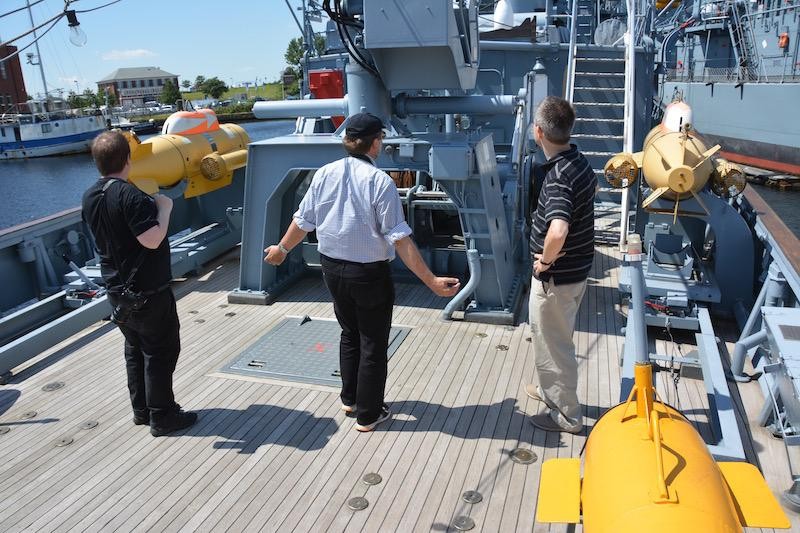
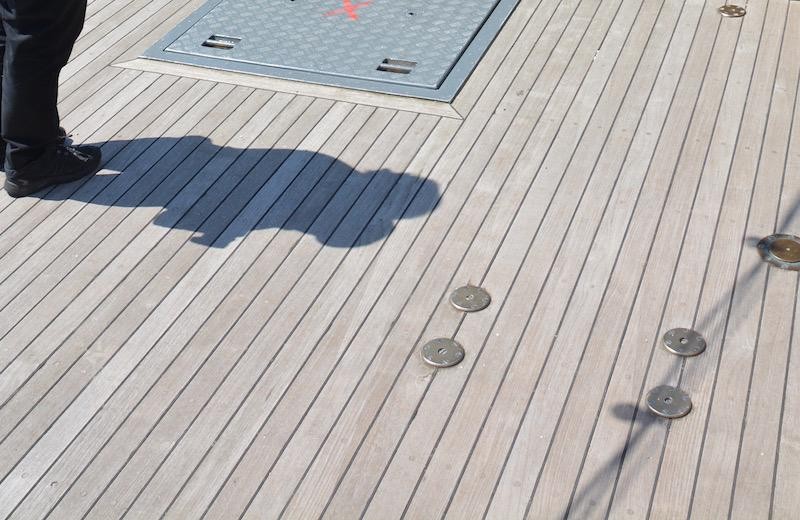
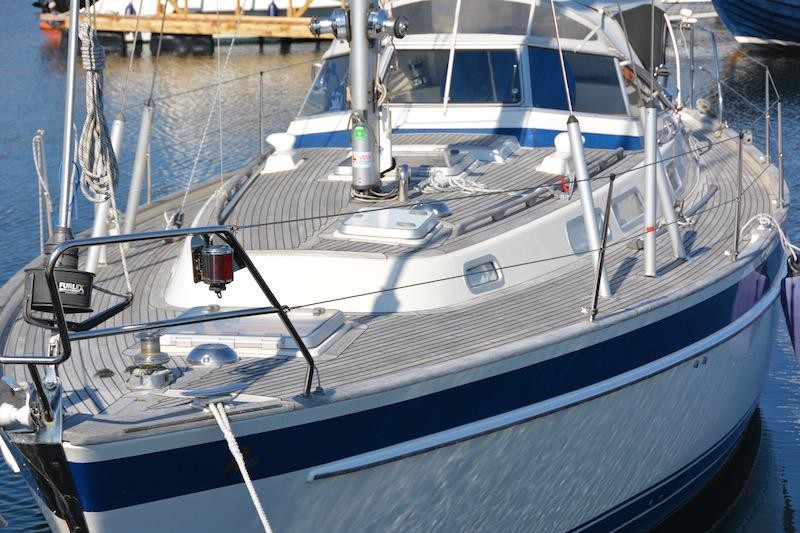
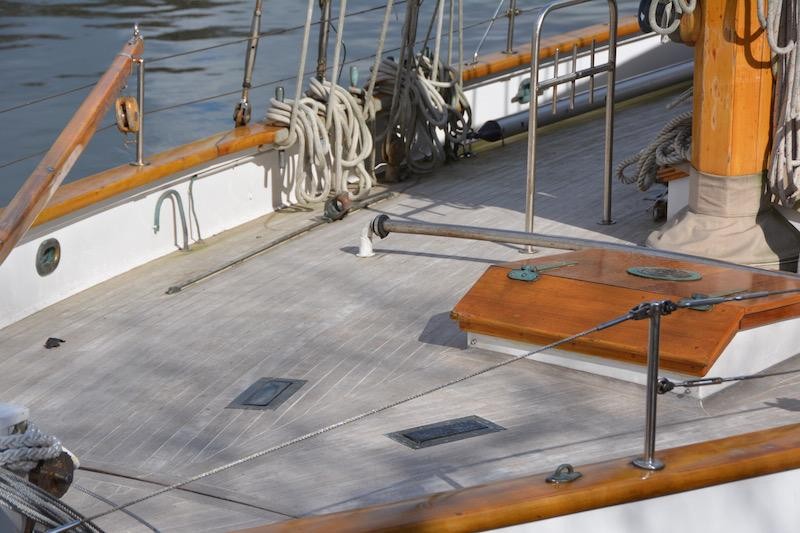
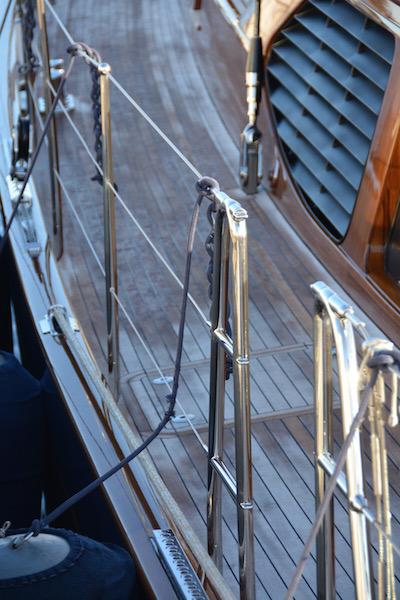
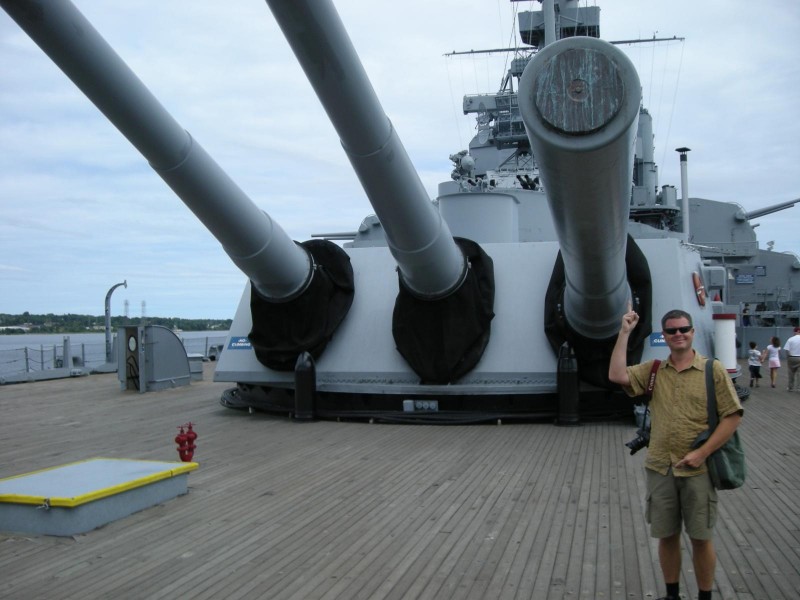
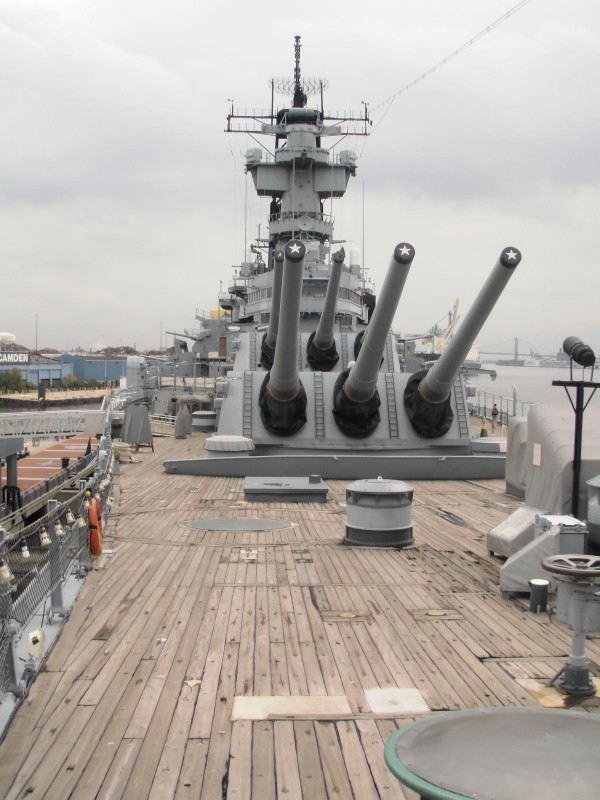
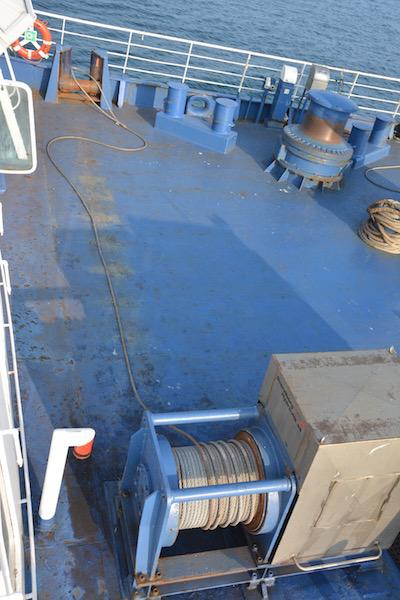
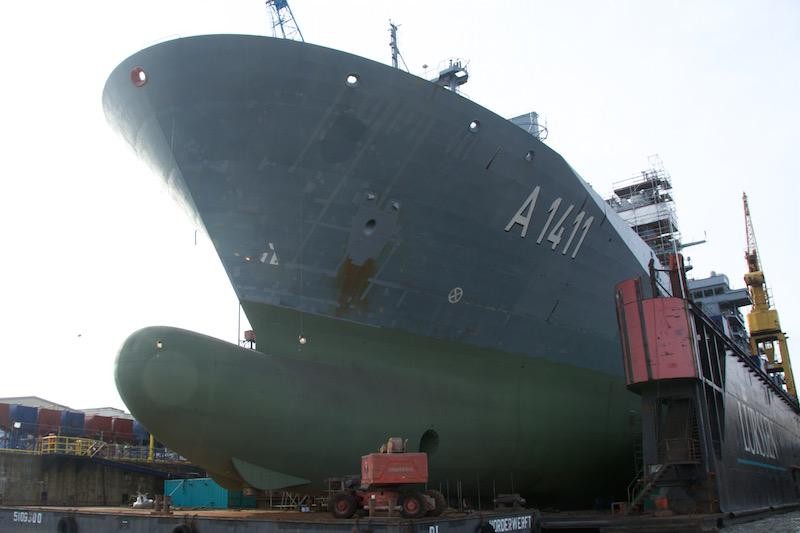

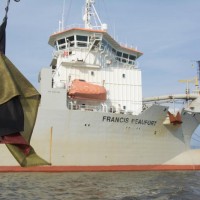
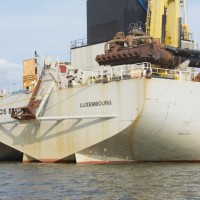
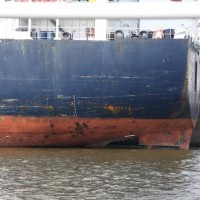
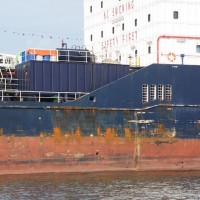
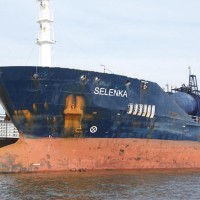

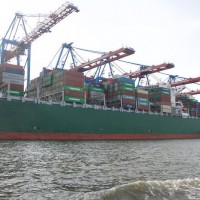
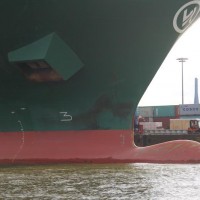
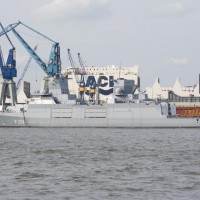
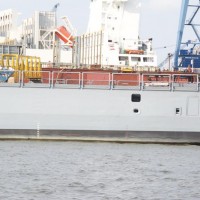
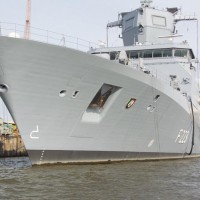
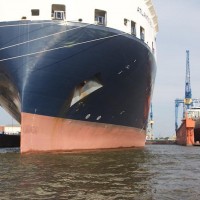
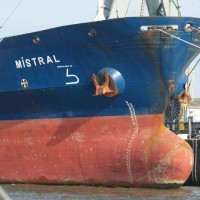
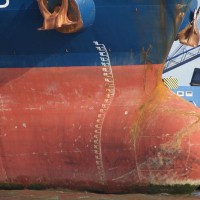
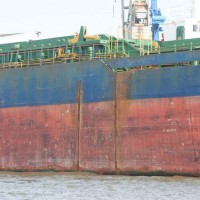
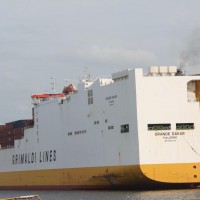
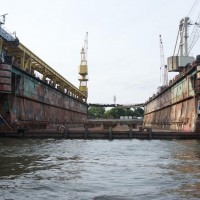
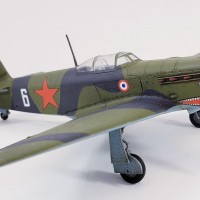


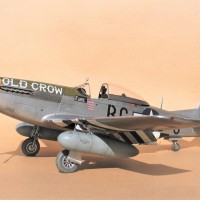
Great shot of the floating dock. That brings back memories for me.
Quite the photojournalism report (and a nice set of reference pictures to go along). Thanks for taking the time to share your travels with us, Ulf.
By the way, what exactly is "anti-fouling" paint and what's it supposed to do?
Anti fouling paint is what you paint the underwater parts of ships with. It's designed to prevent algae, shells and barnacles from growing on the hull, thus slowing the ship down and causing it to use more fuel for traveling at the same speed. It's usually red but sometimes green. It used to be quite poisonous, which is of course an environmental issue. Modern types of anti fouling paint are quite different from even the types I used, when I had a boat in the 80's, not to mention the types used earlier.
It seems curious that simply paint would deter the growths you mentioned. Perhaps it has a very coarse texture, thus making it difficult for creatures to gain a 'foothold", huh...?
It contained all kinds of poisons, copper oxide and such, similar to pesticides in agriculture. This of course affected the maritime life in harbors and in the oceans and, so the types of anti fouling paints that I used in the 80's are now forbidden.
https://en.wikipedia.org/wiki/Anti-fouling_paint
Ulf, I'd often wondered about that red paint on the bottom of the hull. Easier than the copper sheathing on the wooden ships. "Antifouling", learned something new today, thanks! Curiosity is a curse!
A blessing, actually!
Thanks for sharing these, Ulf. It only goes to emphasise how important it is to study the real thing when trying to create a realistic model, no matter if we model ships, aircraft, armour or whatever.
Great idea, posting these pictures here. I hope you don't mind if I will be using them as a source of inspiration for my next models.
Cheers
René
Please use them as much as you like! That's the idea.
Thank you for posting these pictures. It shows again how much information we can find relatively easy to improve our scalemodelling. When I look at the rust and chipping etc. I think paint and weathering techniques used in armor building could work for shipbuilders as well.
Yes, I think ship modelers should learn from armor and aircraft modelers. In my experience, their techniques have to be adapted to the scale and the subject though.
Thanks for posting these Ulf. Many a miserable day was spent painting on antifouling in my youth. Much easier now I only do it on models.
Having walked the main deck of USS Canberra (CAG-2) when she was in active service, I can tell you that that teak deck is right for one that hasn't been holystoned - a civilian deck.. And military teak decks get holystoned (enlisted men are not allowed in any navy to sit around when some moron menial topic is available - ask me how I know). A holystoned deck is much more white with a hint of tan - and a sheen.New Jersey's deck is a deck that's been ignored.
Thanks Tom, for this correction/comment. I've read about this in literature, "her scrubbed and holystoned decks were white as paper", but I've never seen it. You wouldn't happen to have some pictures of such decks? If so, please post them. I would very much like to see such a deck.